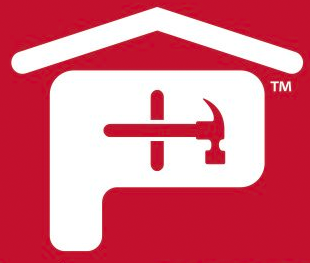Bethesda, MD, December 16, 2009 – In a speech on Tuesday, President Barack Obama urged Congress to provide retrofit funding to building and home owners to improve energy efficiency in buildings by replacing doors, roofing, and adding more insulation. The President even said the idea "may not be very glamorous," but he finds insulation "sexy."
Mr. Obama also said the current lack of efficiency in most homes and buildings is the equivalent of watching "$20 bills just, sort of, floating though the window up into the atmosphere."
“As the President so eloquently says, insulation is one of the most important components in a building when it comes to reducing energy costs and decreasing carbon footprint,” said Jared Blum, President of the Polyisocyanurate Insulation Manufacturers Association (PIMA). “In fact, much of the existing building stock which still has thirty, forty or more years of service life could be vastly improved over that long term , if their insulation levels were increased.”
Recent studies reiterate and further emphasize the importance of insulation:
- A paper from the global consulting group McKinsey & Company “Unlocking Energy Efficiency in the U.S. Economy” says an investment of $520 billion in improvements like sealing ducts, adding insulation, and replacing inefficient appliances could produce $1.2 trillion in savings on energy bills
- A 2nd paper from McKinsey “Pathways to a Low Carbon Economy[i]”, highlights insulation as the product which can provide the greatest return and offer the most carbon abatement.
- A study from Bayer MaterialScience shows that replacing 1.5 billion square feet of roofs and increasing insulation levels for each of the next five year will result in $10 billion in energy savings and carbon dioxide emissions reduction equal to what is produced by an average coal-fired power plant over 16 years.
- Another study completed by the Fuel Management Group, together with EBL Engineers for the Polyisocyanurate Insulation Manufacturers Association, shows that by increasing insulation to meet the ASHRAE 189 standard can save one building in the city of Denver the equivalent of 107 barrels of oil per year.
To find out about one of the most widely-used and cost-effective insulation products in the U.S., with the highest R-value per inch visit www.polyiso.org.



 Gear!
Gear! PRO LOGIN
PRO LOGIN